Situated between Nagaland and Manipur, Dzukou Valley transforms into a mesmerising wonderland each July. As the monsoon rains subside, the Dzukou Valley in July offers a sea of lilies, painting the landscape in vibrant pinks and whites. Mist-shrouded hills embrace emerald meadows, creating a surreal backdrop for trekkers and nature enthusiasts. Crystal-clear streams meander through the valley, and their gentle murmur adds a soothing soundtrack to your adventure. July’s mild temperatures make it ideal for exploring this hidden gem of Northeast India.
Dzukou Valley Location
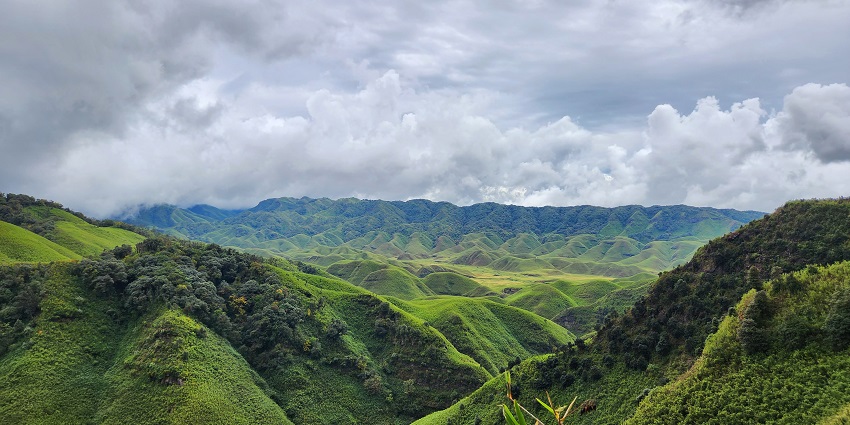
Photo: Inu Etc / Wikimedia Commons
If you’re wondering where is Dzukou Valley, it is in Nagaland’s Kohima district, about 25 kilometres south of Kohima city. The Dzukou Valley height is about 8,045 feet above sea level. Its eastern edge extends into Manipur’s Senapati district. The nearest major town is Viswema in Nagaland, which serves as a common starting point for many treks. Geographically, it’s part of the larger Barail range in the Eastern Himalayas.
Suggested Read: Dzukou Valley In October
How To Reach Dzukou Valley
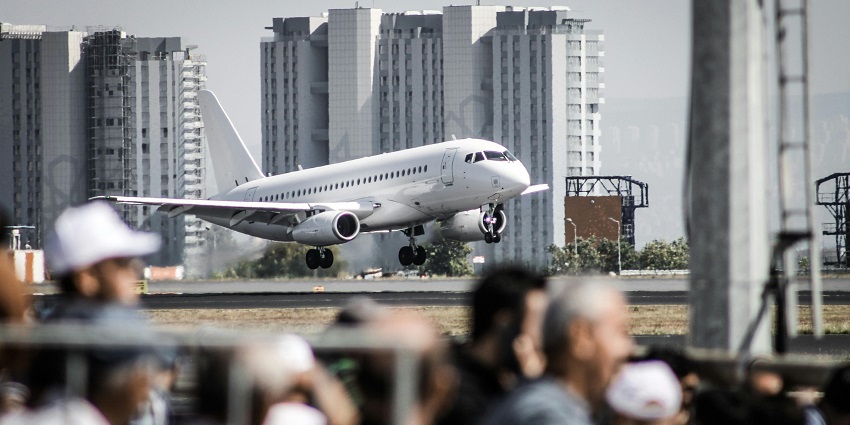
Photo: Hilmi Isilak / Pexels / Image For Representation Only
By Air: The nearest airport is Dimapur Airport in Nagaland, about 74 km from Kohima. It has regular flights connecting to major cities like Kolkata, Guwahati, and Imphal. From Dimapur, you can take a taxi or bus to Kohima, which is the base for Dzukou Valley treks.
By Road: From Kohima, you can reach Viswema Village by bus or taxi (about 22 km). Viswema is the starting point for the trek to the valley. Alternatively, you can drive to Zakhama and then to the valley base camp. The road is rough and requires a 4×4 vehicle, especially during the monsoon season. However, if you are coming from Manipur, you can reach Mao Gate and then proceed to Viswema for trekking. From Viswema or the base camp, it’s a steep trek of about 5-6 hours to reach the valley. The trek is challenging but rewards you with breathtaking views.
By Rail: The closest railway station is also in Dimapur. It’s well-connected to major cities in Northeast India and beyond. From the station, you’ll need to travel to Kohima by road.
Places To Visit Around Dzukou Valley
Here are three must-visit places around the valley that you should can head to on your next trip
1. Kohima
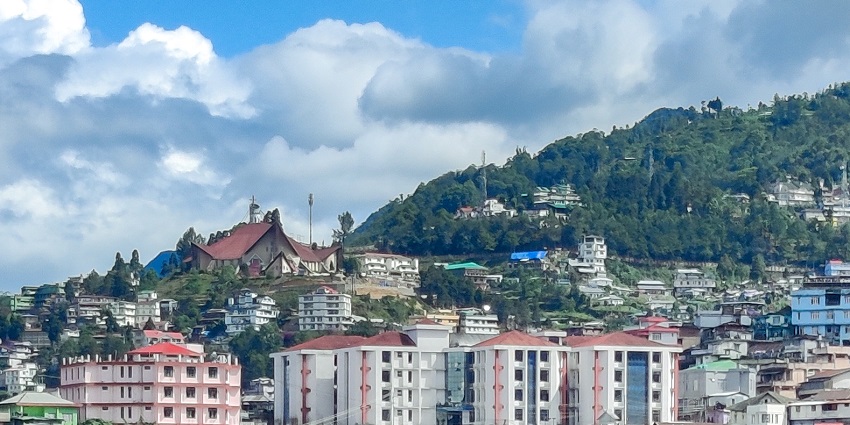
Photo: Anonymousme / Wikimedia Commons
Kohima, the capital city of Nagaland, is a city steeped in history and culture, offering a blend of modernity and tradition. One of the key attractions here is the Kohima War Cemetery that serves as a poignant reminder of the Battle of Kohima during World War II. Another must-visit is Kisama Heritage Village. It showcases the rich cultural heritage of the Naga tribes, where visitors can explore traditional Naga huts, sample local cuisine, and witness traditional performances. For trekking enthusiasts, Japfu Peak, the second-highest peak in Nagaland, offers a challenging hike and stunning panoramic views of the surrounding landscapes.
Distance From The Valley: 14 km
Ideal Duration: 2 days
Suggested Read: Uncover The Places To Visit In Kohima Among The Majestic Landscapes
2. Khonoma Green Village
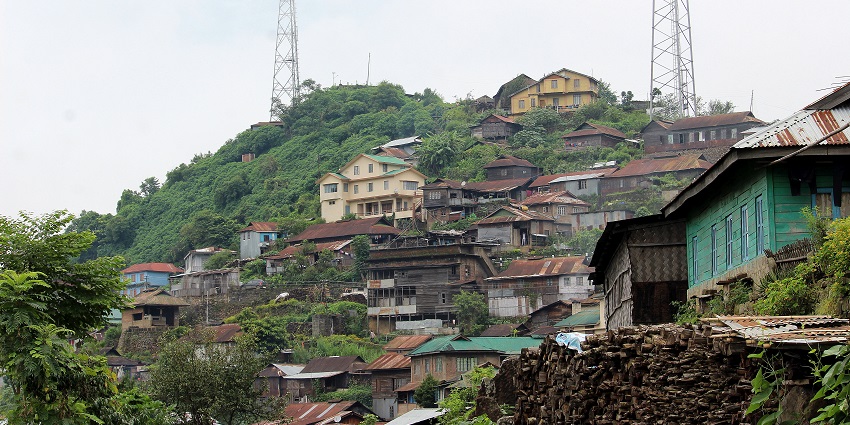
Photo: Girish Mohan P K / Wikimedia Commons
Khonoma, located about 20 kilometres from Kohima, is renowned as India’s first green village and a testament to sustainable living and community-based conservation efforts. The village is famous for its stunning terraced fields, which are a marvel of traditional agricultural practices, creating a picturesque landscape lush with various crops. Nature lovers will appreciate the Khonoma Nature Conservation and Tragopan Sanctuary, home to the endangered Blyth’s tragopan and other wildlife species, offering excellent opportunities for bird watching and exploring rich biodiversity.
Distance From The Valley: 11 km
Ideal Duration: 1 day
3. Dzulekie
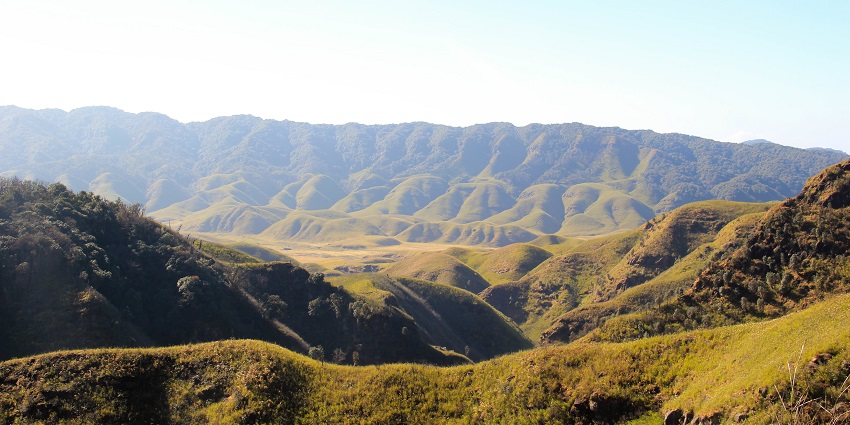
Photo: Seetha G / Wikimedia Commons / Image For Representation Only
Dzulekie, located about 40 kilometres from Kohima, is a hidden gem offering tranquillity and unspoiled natural beauty. The crystal-clear Dzulekie River flowing through the village is ideal for picnics, nature walks, and relaxation, with the serene environment and lush greenery, providing a perfect spot for unwinding. Dzulekie is also known for its pheasant breeding centre, where visitors can learn about conservation efforts and see various species of pheasants. The surrounding forests and hills offer numerous trails for hiking and nature walks, allowing visitors to immerse themselves in the pristine natural surroundings and enjoy the local flora and fauna.
Distance From The Valley: 13 km
Ideal Duration: 1 day
Suggested Read: Dzukou Valley In Winter
4. Ntangki National Park
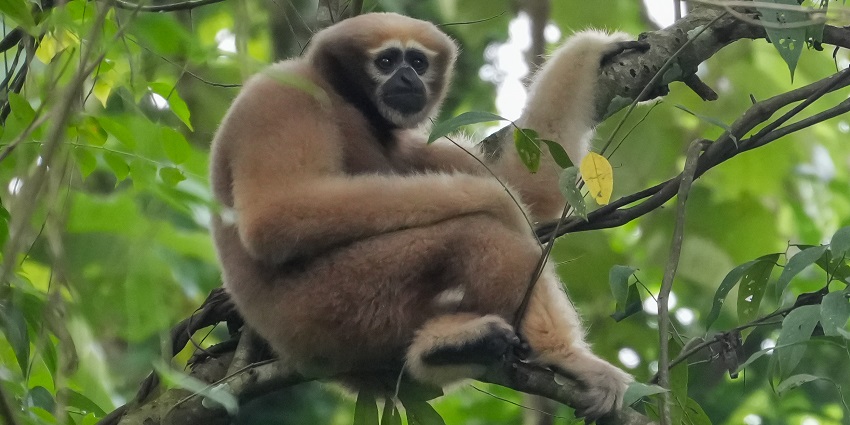
Photo: Timothy A. Gonsalves / Wikimedia Commons
Ntangki National Park, located in the Peren district of Nagaland, is a hidden gem for nature enthusiasts exploring places near Dzukou Valley. Spanning over 200 square kilometers, this national park is a biodiversity hotspot, home to rare species like the hoolock gibbon, golden langur, and hornbill. The park’s dense rainforests, rolling hills, and serene streams create a picturesque landscape, perfect for wildlife photography and trekking. Visitors can also spot majestic creatures like tigers, sloth bears, and flying squirrels in their natural habitat. For those seeking adventure and tranquility, Ntangki National Park offers an unforgettable experience, blending the raw beauty of nature with the thrill of exploration.
Distance From The Valley: 46 km
Ideal Duration: 2 – 3 hours
5. Ghost Caves
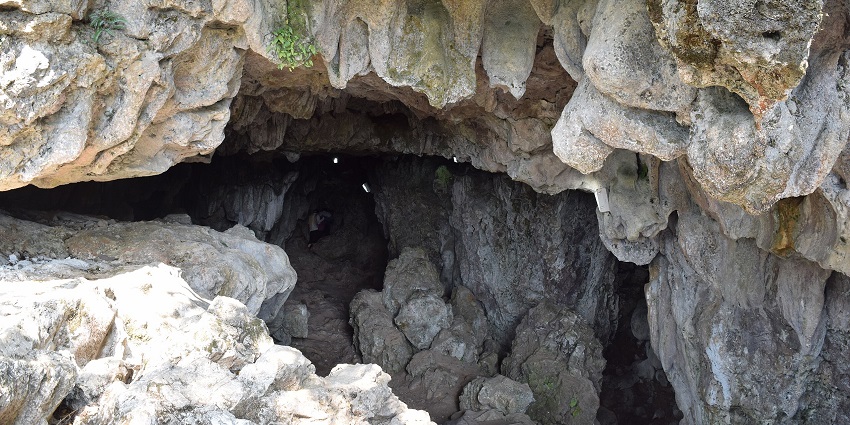
Photo: Sujan Bandyopadhyay / Wikimedia Commons / Image For Representation Only
Ghost Caves, located near Dzukou Valley, are a fascinating yet eerie destination for adventurers and thrill-seekers. These caves are steeped in local folklore, with stories of mysterious sounds and shadowy figures adding to their enigmatic allure. The caves’ dark, winding passages and natural formations create an atmosphere of intrigue and suspense, making them a unique spot for exploration. For those visiting Dzukou Valley, Ghost Caves offer an offbeat experience that combines natural beauty with a touch of the supernatural, making it a must-visit for those drawn to the unknown.
Distance From The Valley: Located within the valley
Ideal Duration: 1 hour
Suggested Read: Top Caves To Visit In Manipur
6. Pulie Badze Wildlife Sanctuary
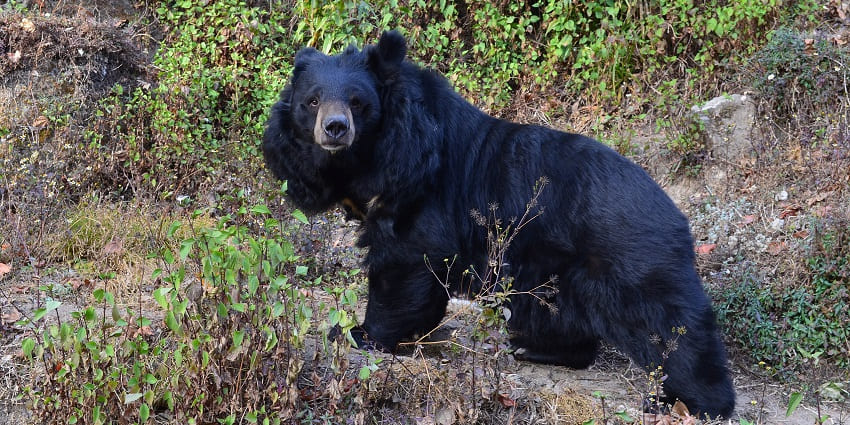
Photo: Oisharya Banerjee / Wikimedia Commons
Pulie Badze Wildlife Sanctuary, nestled near Kohima in Nagaland, is a captivating destination for nature lovers exploring places near Dzukou Valley. Spanning approximately 9.23 square kilometers, this sanctuary is a biodiversity hotspot, home to rare and endangered species like Blyth’s Tragopan, Hoolock Gibbons, and Himalayan Black Bears. Named after Mount Pulie Badze, which holds cultural significance due to local folklore, the sanctuary offers breathtaking views of verdant hills and vibrant rhododendron blooms. Visitors can enjoy trekking trails, birdwatching, and the serene ambiance of this ecological haven. For those seeking tranquility and adventure, Pulie Badze Wildlife Sanctuary is a must-visit gem near Dzukou Valley.
Distance From The Valley: 20 km
Ideal Duration: 1 day
Where To Stay

Photo: Curtis Adams / Pexels / Image For Representation Only
There are various accommodation options near the valley that cater to various preferences and budgets. Many trekkers choose to camp in the valley itself, utilising a basic rest house managed by local authorities to pitch tents, either bringing their own gear or renting from Kohima tour operators. Besides that, you can also choose from budget guesthouses and hostels to mid-range hotels like Hotel Japfu and The Heritage, and luxury options such as Niraamaya Retreats Aradura. For a more cultural experience, some local families in Viswema and Jakhama villages offer homestays, which also serve as convenient starting points for the trek.
Suggested Read: Dzukou Valley In April
Where To Eat

Photo: Vitor Diniz / Pexels / Image For Representation Only
Keep the Dzukou Valley handy to explore some of the best dining options in a nearby location. Kohima offers the most diverse choices, from local eateries serving traditional Naga cuisine to cafes like The Heritage and Orami restaurant. In Viswema and Jakhama villages, homestays and small local eateries provide authentic, home-cooked meals. The local Naga cuisine is a must-try, known for its unique flavours and ingredients. Signature dishes include smoked pork, bamboo shoots, Axone (fermented soybean), and dishes featuring the fiery Raja mircha (ghost pepper).
Best Time To Visit Dzukou Valley
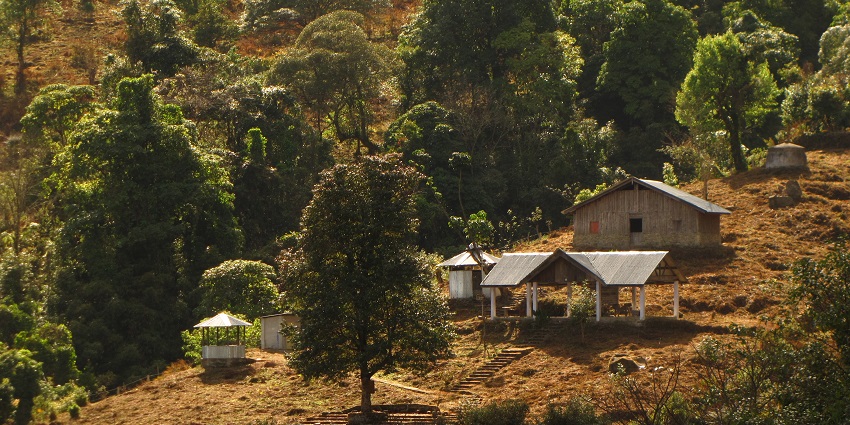
Photo: Rohit Naniwdekar / Wikimedia Commons
The best time to visit the valley is during July and August. This period marks the peak of the monsoon season. The landscape transforms into a breathtaking carpet of pink and white flowers, creating a spectacular visual display that the valley is renowned for. Despite occasional rain showers, the Dzukou Valley temperatures are mild, ranging from 12°C to 20°C during this time, thus making trekking comfortable. The monsoon rains bring the valley to life, with lush greenery and mist-covered hills adding to its ethereal beauty.
Suggested Read: Things To Do In Nagaland That You Cannot Miss Out On
Other Factors To Consider

Photo: Timur Weber / Pexels / Image For Representation Only
Here are some of the factors to consider while you plan your trip to Dzukou Valley in July.
Average Cost Of Trip
The average cost of the trip may cost you about ₹5,000-7,000 per person, including transportation, accommodation, food, and permits. However, costs may vary based on your starting point and chosen amenities.
Tips For Travellers
- Consider hiring a local guide for safety and to enhance your experience with knowledge about the area’s ecology and culture.
- Be respectful of local Naga customs and traditions. Research in advance about the local culture and dress codes before your visit.
- Choose to pack some warm clothes, for the Dzukou Valley weather in July may get chilly after the sunset.
- Due to the remote location, ensure you have a basic first-aid kit and are aware of the nearest medical facilities.
With its stunning landscapes, diverse flora, and tranquil ambiance, Dzukou Valley in July turns into a paradise for nature lovers and adventurers. Its surrounding areas, rich in culture and history, offer an enriching experience, making it a must-visit destination for those seeking both beauty and cultural immersion. As you plan your next trip to Nagaland, let TripXL shoulder the burden of bookings and the best deals.
Cover Photo: GuruBidya / Wikimedia Commons


 WhatsApp
WhatsApp
 Twitter
Twitter









